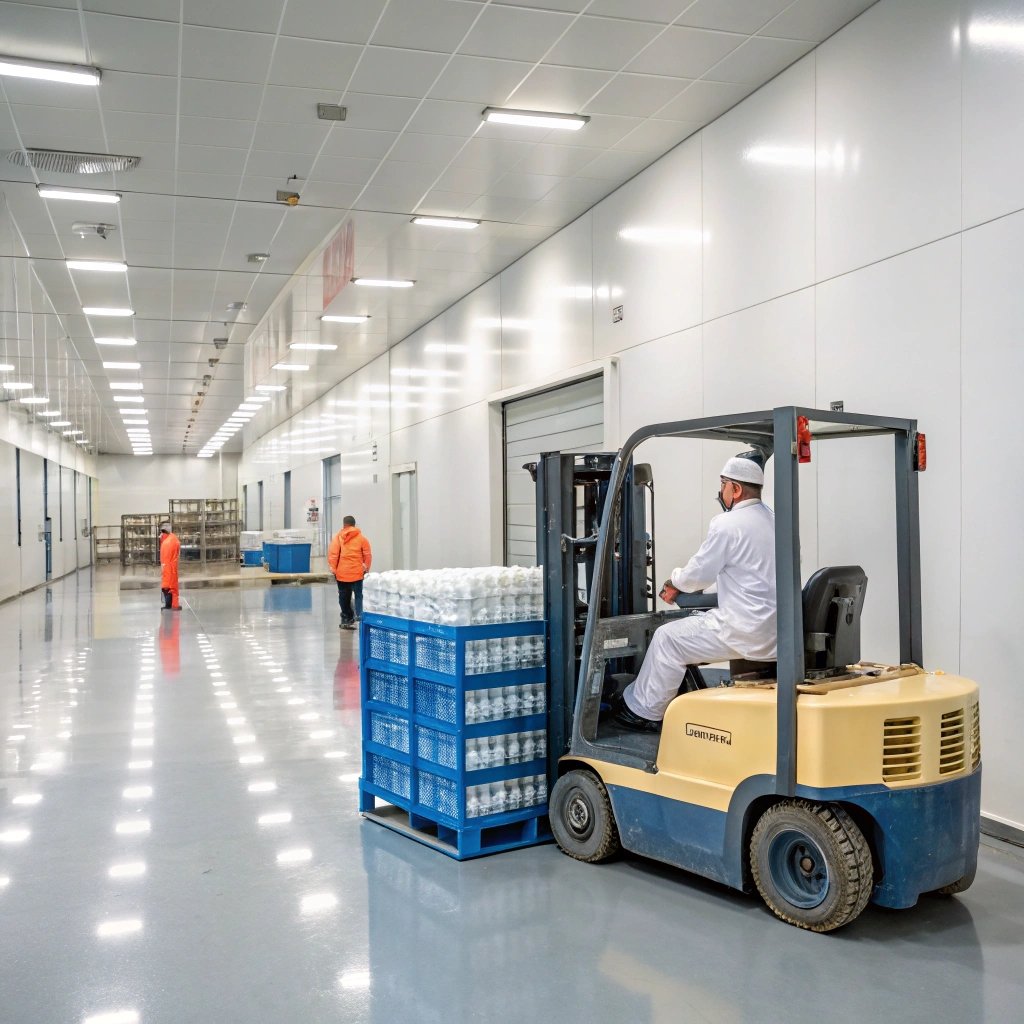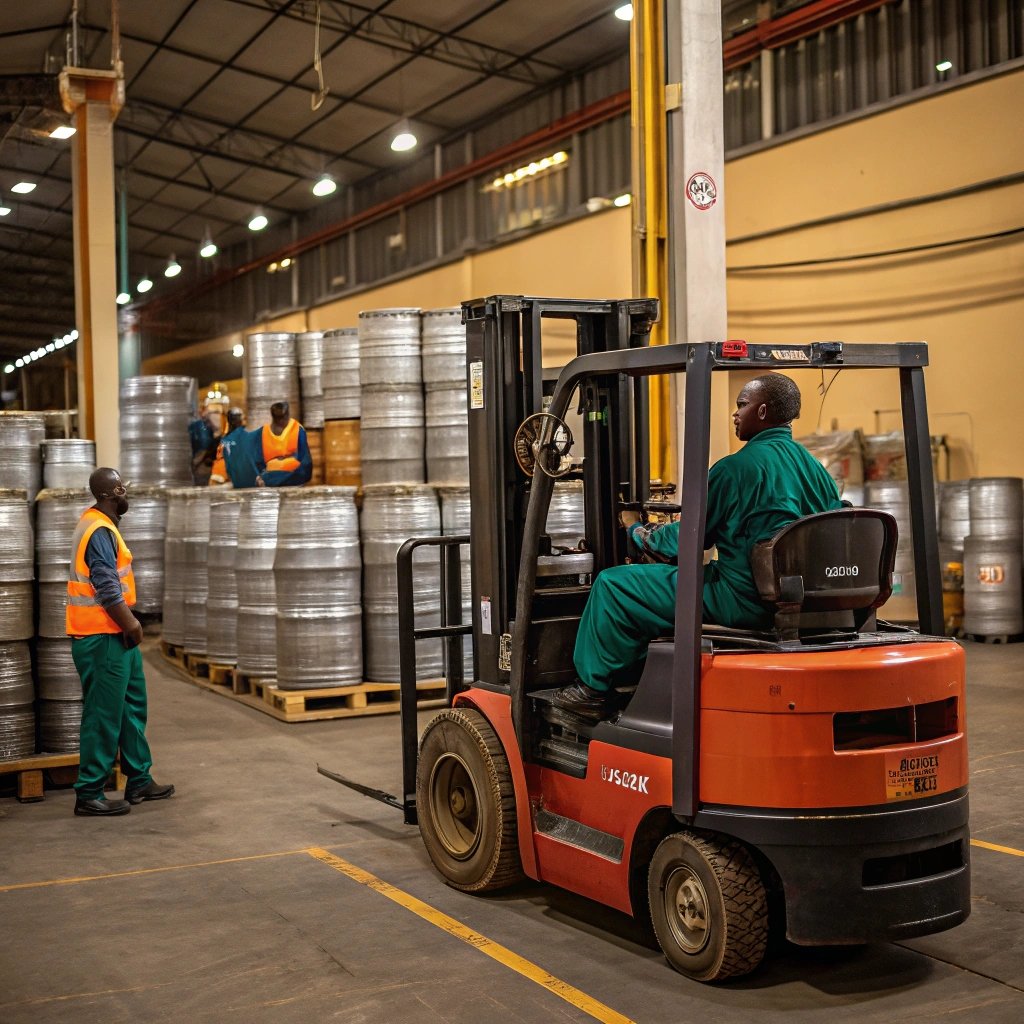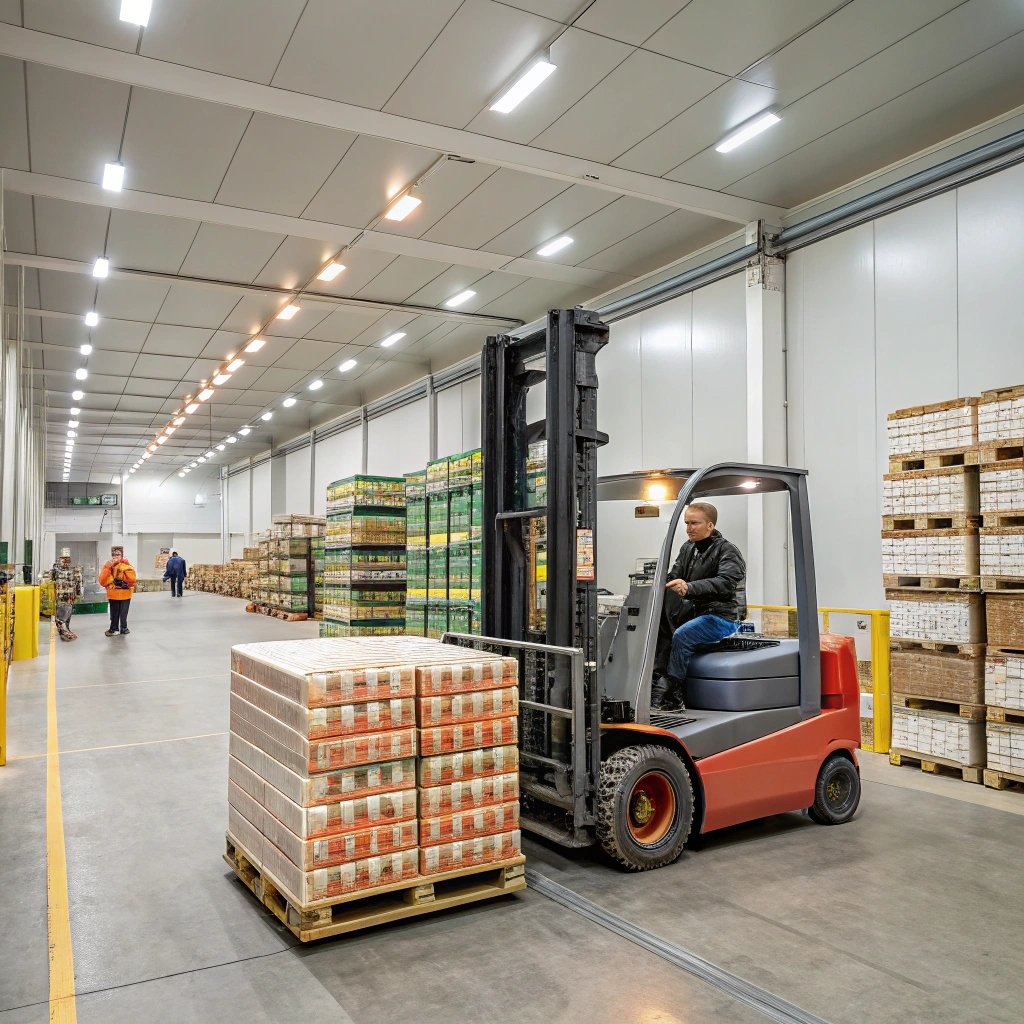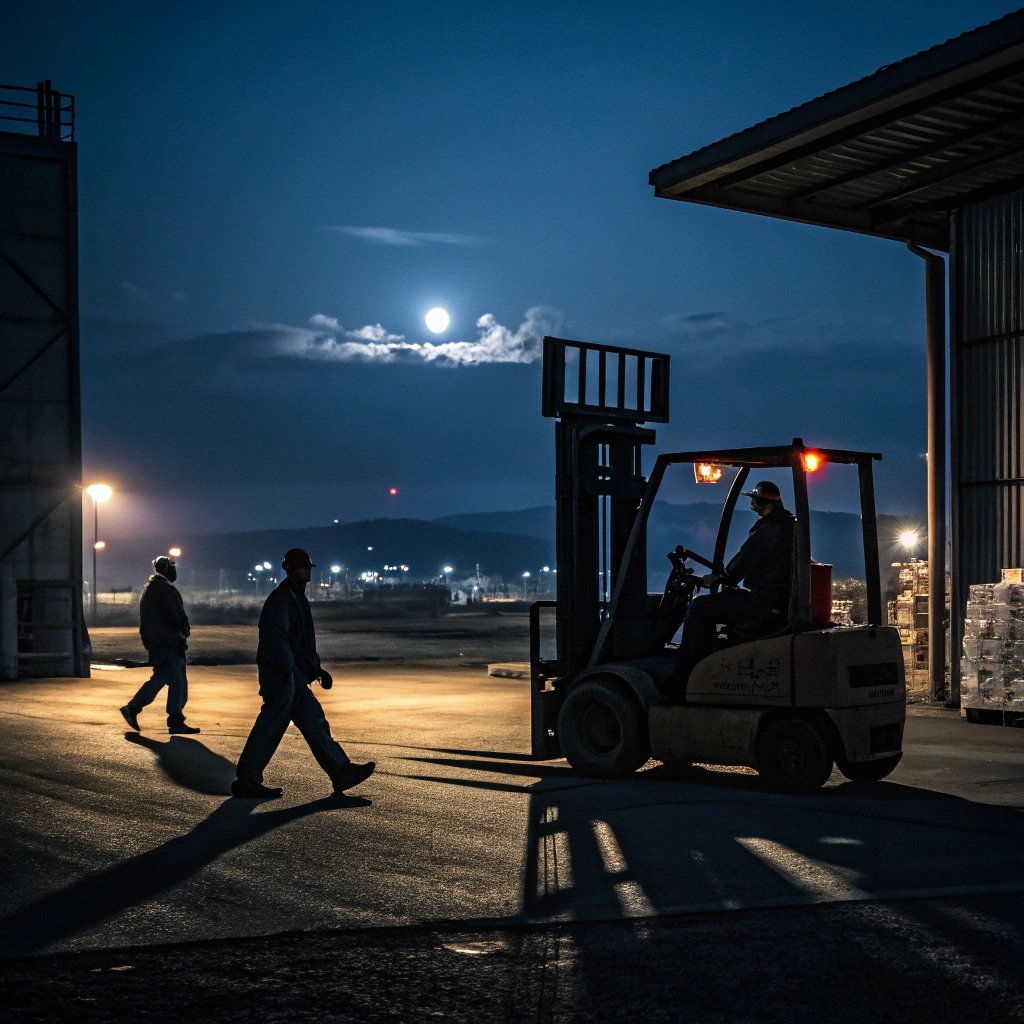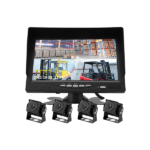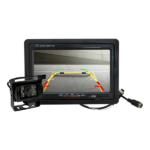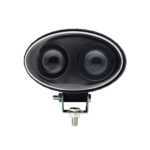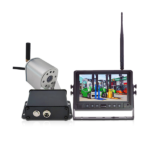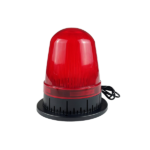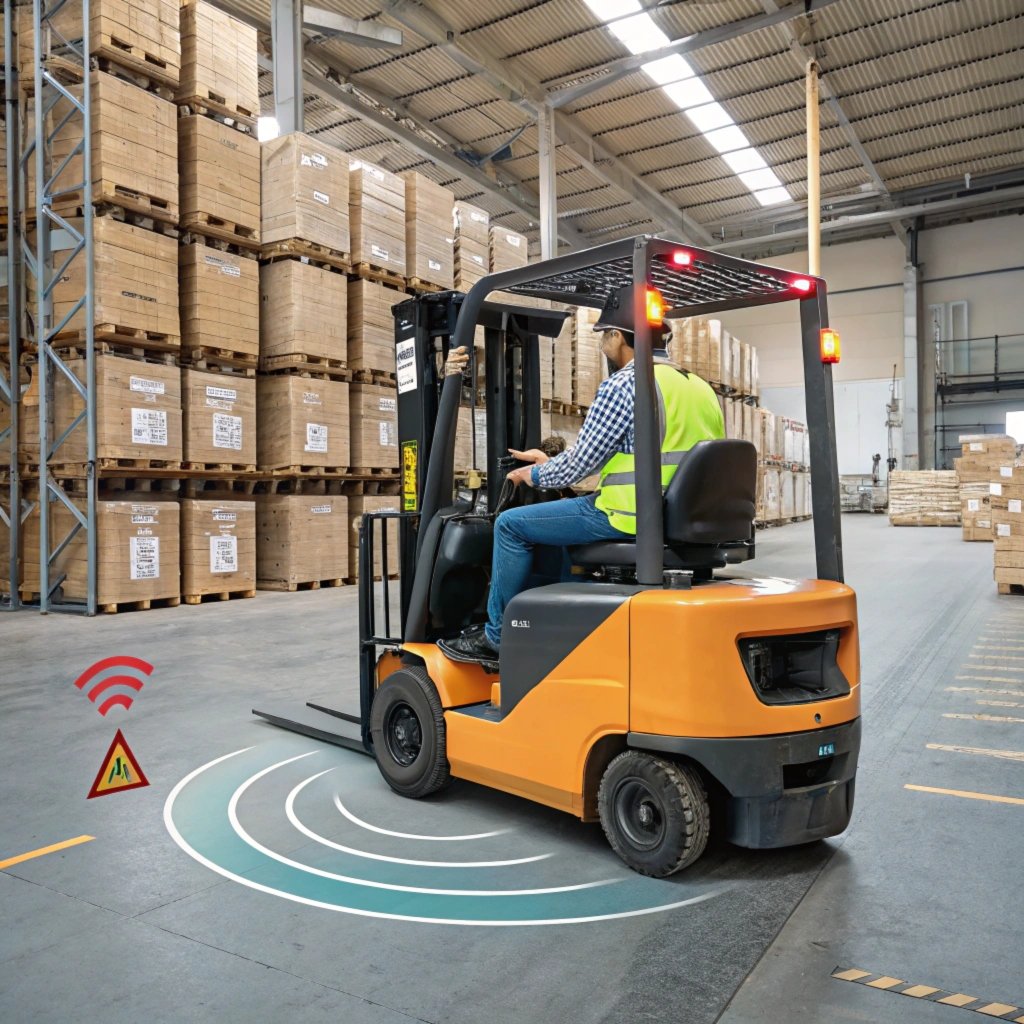Table of Contents
AI Anti-Collision System Revolutionizes Safety at Major Dairy Facility
In modern manufacturing facilities, forklifts are both essential and hazardous. At one of the country’s largest dairy processing plants, where 20 battery-powered forklifts navigate crowded spaces daily, safety incidents were becoming a critical concern. The implementation of an AI-powered anti-collision system not only eliminated accidents but transformed the facility’s entire safety culture. This case study examines how cutting-edge technology solved persistent safety challenges in a demanding industrial environment.
Key Benefits at a Glance
- 98% reduction in near-miss incidents within first 6 months
- Zero forklift-related accidents since implementation
- 30% improvement in operational efficiency
- 25% reduction in insurance premiums
- ROI achieved within 14 months
The Challenge: Safety in a Complex Environment
Before implementing the AI system, the dairy facility faced numerous safety challenges that threatened both worker safety and operational efficiency:
Critical Safety Issues
The facility documented an average of 12 near-miss incidents monthly, with two minor collisions per quarter. These incidents primarily occurred due to:
- Blind spots at intersections between storage and production areas
- Ambient noise levels exceeding 85 decibels, masking forklift movements
- Driver fatigue during peak production periods
- High-traffic zones where pedestrians and forklifts frequently crossed paths
“We were constantly worried about potential accidents,” says Jimmy , Safety Director. “Traditional safety measures weren’t enough in our fast-paced environment.”
The Solution: Advanced AI Integration
Implementation Timeline
- Month 1: Initial assessment and system design
- Month 2-3: Hardware installation and testing
- Month 4: Staff training and pilot program
- Month 5: Full deployment across all 20 forklifts
- Month 6: Performance optimization and feedback integration
Technical Specifications
The implemented system combines multiple cutting-edge technologies:
- LiDAR sensors with 360-degree coverage
- Machine learning algorithms for real-time obstacle detection
- High-resolution cameras with infrared capability
- Edge computing processors for instantaneous response
- Industrial-grade displays with anti-glare coating
Key Features and Their Impact
Real-Time Detection System
The AI system processes data from multiple sensors at 120 frames per second, creating a comprehensive safety bubble around each forklift. This resulted in:
- Detection of obstacles up to 30 feet away
- Recognition of human forms even in poor lighting
- Instant alert generation with less than 50ms latency
Intelligent Speed Control
“The automatic speed adjustment feature has been a game-changer,” notes Maria Rodriguez, Lead Operator. “The system responds faster than any human could.”
- Automatic speed reduction in high-risk areas
- Dynamic braking based on obstacle proximity
- Custom speed limits for different facility zones
Driver Monitoring System (DMS)
The DMS uses facial recognition and behavior analysis to:
- Track operator alertness levels
- Detect phone usage or distraction
- Monitor proper safety protocol adherence
- Generate individual operator safety scores
Implementation Challenges and Solutions
Initial Resistance
Some operators initially expressed concern about constant monitoring. The facility addressed this through:
- Transparent communication about data usage
- Operator involvement in system refinement
- Performance incentives tied to safety scores
Technical Integration
Integration with legacy systems posed initial challenges:
- Developed custom interfaces for existing fleet management software
- Created redundant backup systems for critical functions
- Established robust maintenance protocols
Quantifiable Results
Safety Metrics (First Year)
- Near-miss incidents reduced from 144 to 3 annually
- Zero reportable accidents
- 45% reduction in maintenance costs due to fewer impacts
- 92% decrease in safety violations
Financial Impact
- Implementation cost: $225,000
- Annual savings: $380,000
- ROI achieved in 14 months through:
- Reduced insurance premiums
- Lower maintenance costs
- Decreased product damage
- Improved operational efficiency
Operational Improvements
- 30% increase in loading dock efficiency
- 25% reduction in battery consumption
- 15% improvement in inventory accuracy
Maintenance and Sustainability
The facility established a comprehensive maintenance program:
- Weekly sensor calibration checks
- Monthly software updates
- Quarterly system audits
- Annual hardware inspections
Future Developments
The facility is now exploring additional enhancements:
- Integration with warehouse management systems
- Predictive maintenance capabilities
- Fleet optimization analytics
- Extended battery life solutions
Conclusion
The implementation of the AI-powered anti-collision system has fundamentally transformed safety operations at the dairy facility. Beyond the impressive accident reduction statistics, the system has created a culture of proactive safety awareness. The combination of real-time monitoring, automatic intervention, and comprehensive data analysis has set new standards for industrial safety.
“This investment in AI technology hasn’t just improved safety metrics,” concludes Jimmy. “It’s given our employees confidence that we’re serious about their wellbeing, and that’s something you can’t put a price on.”
For manufacturing facilities facing similar challenges, this case study demonstrates that AI-powered safety systems are no longer optional upgrades but essential investments in operational excellence and worker protection. The successful implementation at this dairy facility provides a blueprint for others looking to enhance their safety protocols through technological innovation.
More Articles
Please check the following for more articles.

